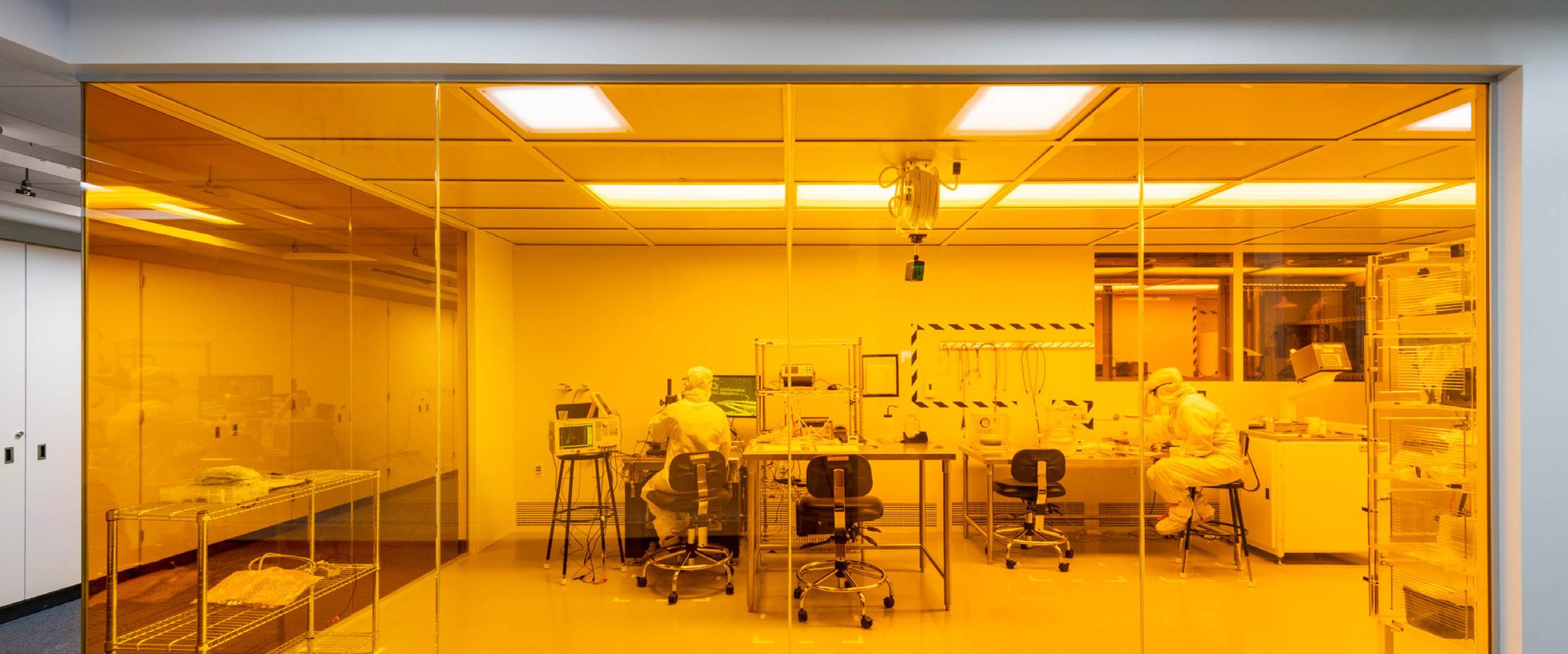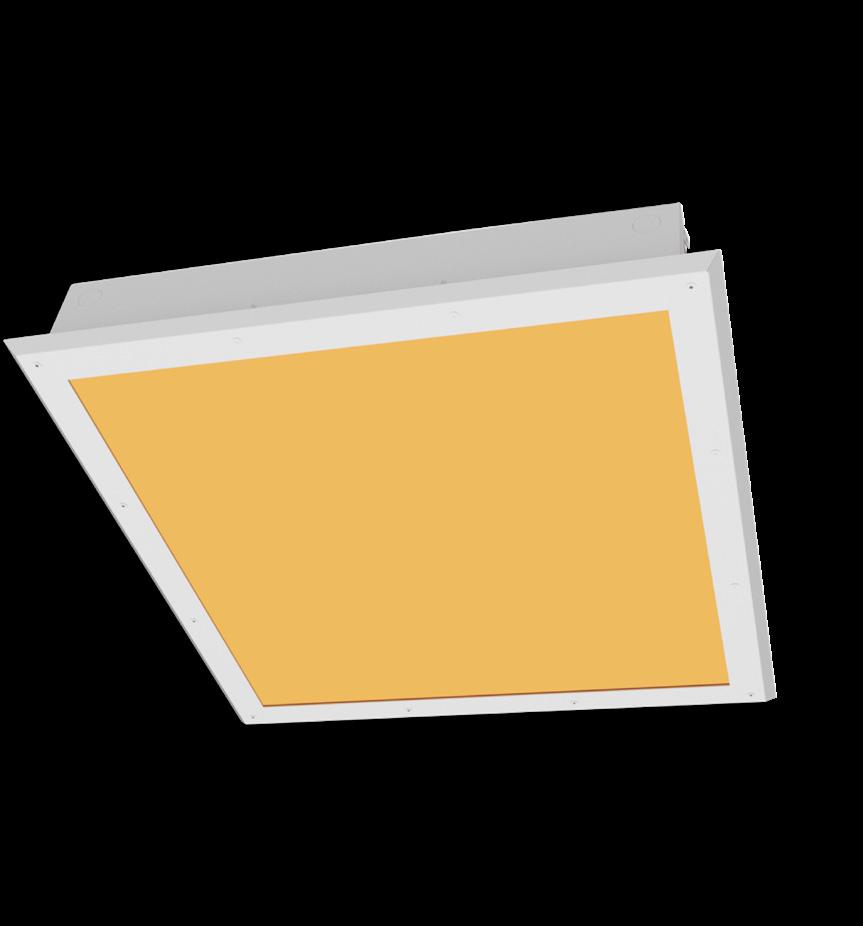
2 minute read
THE USE OF AMBER LIGHTING IN CLEANROOMS AND LABORATORIES TO PROTECT LIGHT-SENSITIVE MATERIALS
Cleanrooms
Cleanrooms are where some of the world’s most advanced technology—computer chips—are fabricated. The process of creating these devices is incredibly complex and often takes multiple months to create just one chip.
Advertisement
This is because each step of the process, from lithography to etching, must be repeated multiple times to create a finished computer chip that is ready to package and deliver to a customer. Throughout this process, materials must be protected from both particulate impurities and light, the latter of which is generally accomplished by installing yellow lighting in cleanrooms.
Photoresists
One of the most important steps during computer chip fabrication is lithography, which uses light-sensitive materials called photoresists that undergo reactions when exposed to UV light. The first step of this process involves dissolving a photoresist in a solvent and then spin-coating a thin film of it on top of a silicon wafer. Then, a pattern with the desired circuit design is projected onto the spin-cast resist by shining UV light through a mask. Photoresists can be either positive or negative-tone, depending on whether the photoresist becomes soluble (positive-tone) or insoluble (negative-tone) after UV exposure and/or a post-exposure bake.
Light Sensitivity
Photoresists are susceptible to degradation due to unwanted light exposure during storage and processing—not just to UV light but also to shorter wavelengths of visible light (e.g., blue light). Fluorescent lights emit very low levels of UV light and short-wavelength visible light at 405 nm and 435 nm. Exposing photoresists to unwanted light generates a photoacid catalyst that is responsible for reactions that cause solubility changes in the photoresists, which alters their performance. Due to the catalytic nature of these reactions, even a single photoacid can catalyze up to 1,000 reactions.
1 Therefore, exposure to even small amounts of light over a long enough period of time can irreversibly degrade the performance of a photoresist.
Methods To Minimize Light Exposure
Although photoresist formulations can be stored in light-blocking amber vials to protect against light exposure during processing, once the photoresist solution is removed from the vial (for example, to be spin-coated on top of a silicon wafer), it is no longer protected from light and is susceptible to photodegradation. Yellow/ amber lighting is used in cleanrooms because its wavelength range is generally centered around 590 nm, which is much higher than the wavelengths absorbed by typical AZ®-series photoresists (generally in the range of 320–440 nm). 2 Therefore, this color of light will not induce the reactions that may degrade the performance of photoresists over time, helping ensure consistent long-term photoresist performance.
Although yellow filters can be placed over white light sources such as fluorescent bulbs, these filters will eventually degrade and require replacement—even if the bulb itself has not failed. In contrast, LEDs have a much longer lifetime, can be easily replaced, and produce a very pure light spectrum with a very narrow wavelength range.

Pa-Co Lighting’s PRCL-AMBER LED series provides cleanroom-wide yellow/amber lighting that emits only a very narrow (~ 10 nm) range of light from 585 nm to 595 nm, ensuring a sufficiently high light intensity for performing precise cleanroom work, without affecting a photoresist’s performance.

